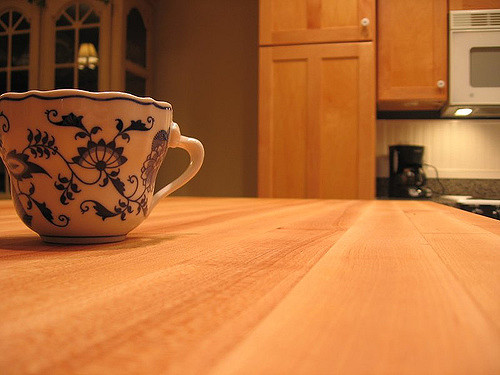I was recently out for dinner with friends enjoying good food and good company, talking about where we would most prefer to give birth. Enjoyable dinner conversation for us; the table beside us, however, may have felt differently. We tried to be respectful of this while normalizing that birth happens, well, everyday.
The consensus at our table was that we would prefer a home birth. A birth where we could control the lighting, the music, the pillows we laid upon and the food we ate. There would be an option to have a water birth, as well, have any family and friends there we chose, even our pets. We could surround ourselves in things that made us feel safe and comfortable such as blankets, photographs of people we loved, candles …
We thought we would enjoy the option of being able to move freely around our own space, in our own clothing, or lack of clothing, instead of in a cold, sterile hospital with strangers and scratchy gowns. However, my friends had a few concerns and questions: is a home birth safe? Who would be there to assist with delivery? What if something went wrong?
Luckily, I have been working with midwives for years and have learned a lot about their practice and model of care, and was able to answer their questions.
Midwives, whose services are free of charge, offer home birth as an option for clients who make that choice. Because midwives in Ontario also have hospital privileges, you can use a midwife if you would like to have your baby in the hospital. Midwives carefully screen each client to make sure that home birth is a safe option and they always recommend a hospital birth if there are any risk factors.
Midwives carry a lot of equipment to each birth. In fact, they carry pretty much everything that you would have access to at a level one hospital. This means that even though they would transfer into the hospital if they sensed something was out of the ordinary and could potentially cause difficulties, they are fully prepared to deal with situations at home while they wait for help to arrive.
One of the benefits of a home birth is avoiding the bacteria and other germs that are at hospitals. Your midwife will come to you if you think you are in labour, will stay throughout labour, and will come back to check on you and baby within 24 hours after labour. They will return several more times throughout the first two weeks after the baby is born, and they will continue yours and baby’s care for another four weeks after that.
Whether a person gives birth at home or in hospital, their midwife is available to them by pager 24/7 for any concerns they have about themselves or their baby. Midwives don’t work alone — they work with other midwives and they collaborate with doctors and specialists to make sure that each person gets the best possible care.
Now take all that information to your next dinner party.

